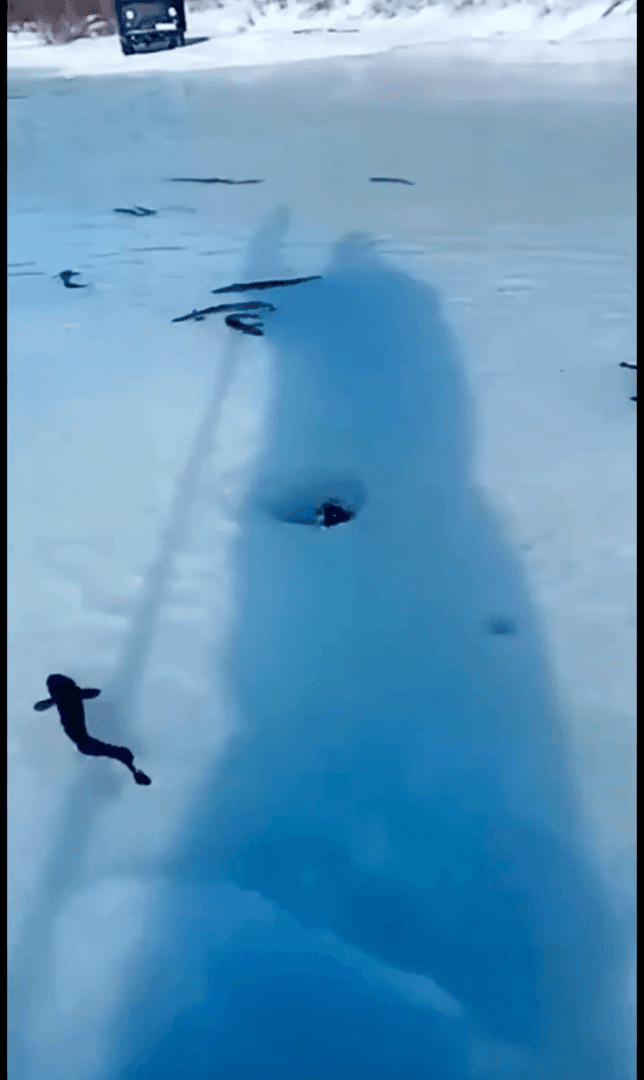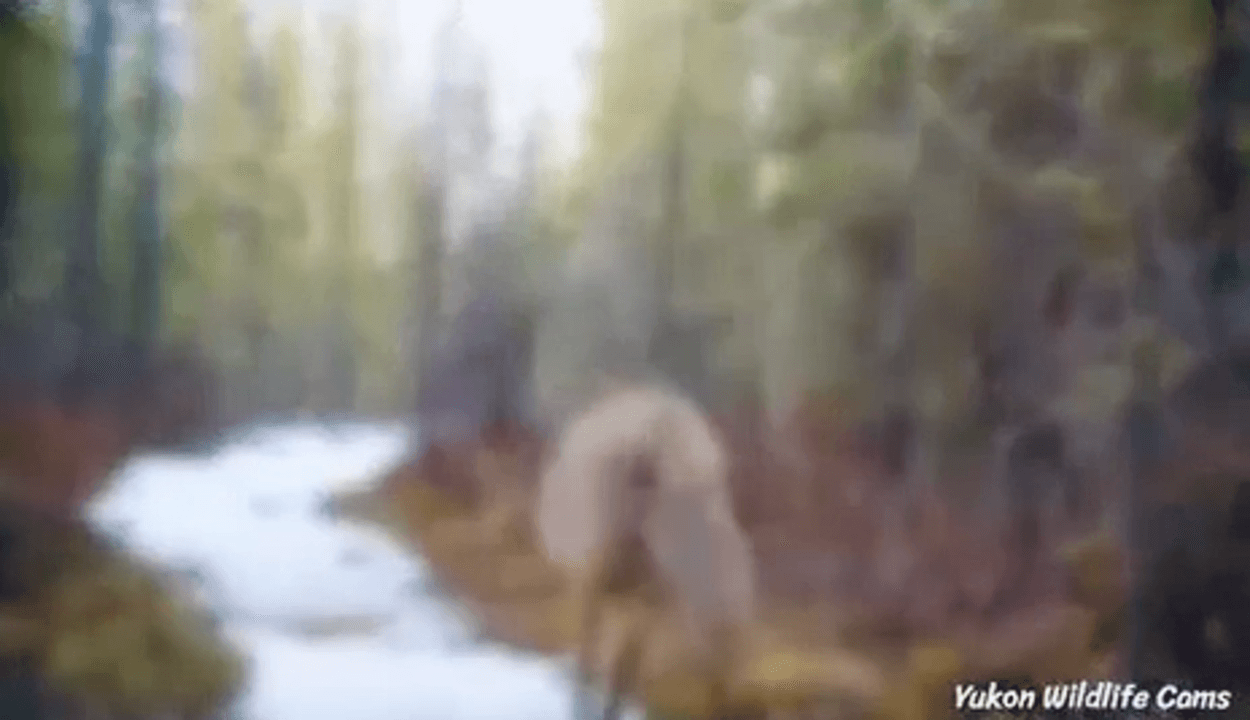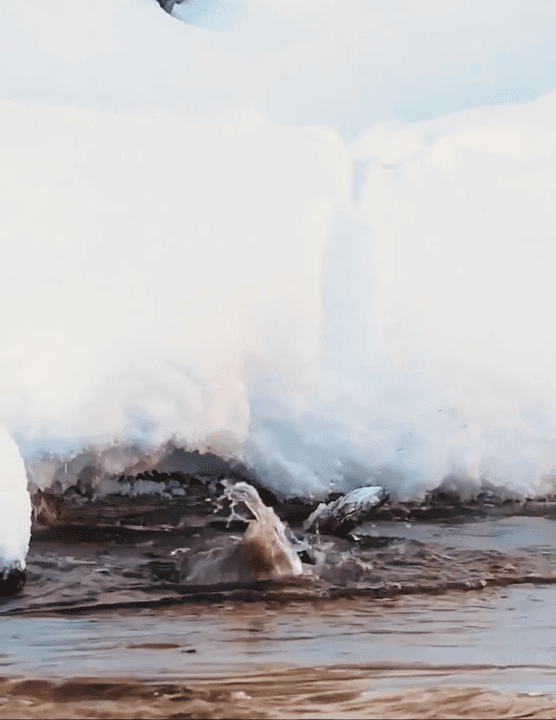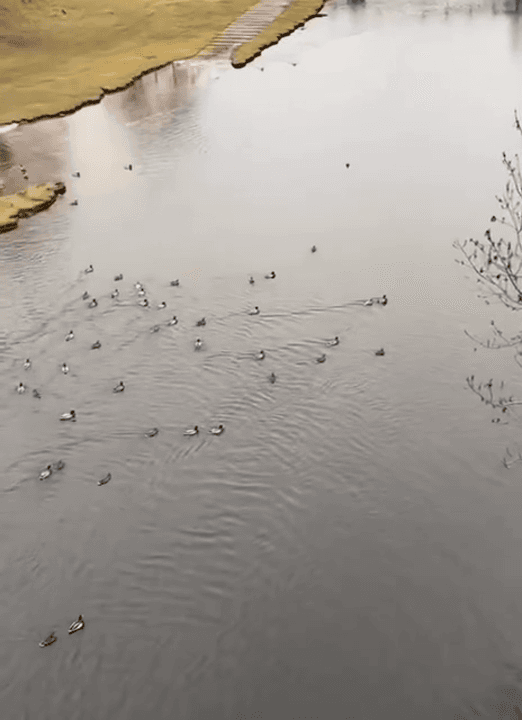
Nick Mundt — hunting blogger, star of Bone Collector, and trophy hunting expert Nick Mundt is a popular American hunting blogger, TV presenter, and experienced guide with many years of experience. He is widely known as one of the hosts of the cult program The Bone Collector on the Outdoor Channel. Thanks to his charisma, extensive hunting experience, and active online presence, Nick has become a true opinion leader in the world of hunting and trophy sports. Where Nick Mundt hunts: USA, Canada, South America Nick Mundt hunts primarily in the United States — in Kansas, South Dakota, Wyoming, Iowa, Montana, and others. He has also participated in hunting expeditions to Canada and South America. His favorite places are open plains, hills, and wooded areas, ideal for tracking large game. What types of hunting does Nick Mundt prefer? Nick Mundt specializes in hunting white-tailed deer, elk, mule deer, antelope, and turkey. His style is a combination of bow and firearm hunting. He is ski
Post: 1 July 12:13















































